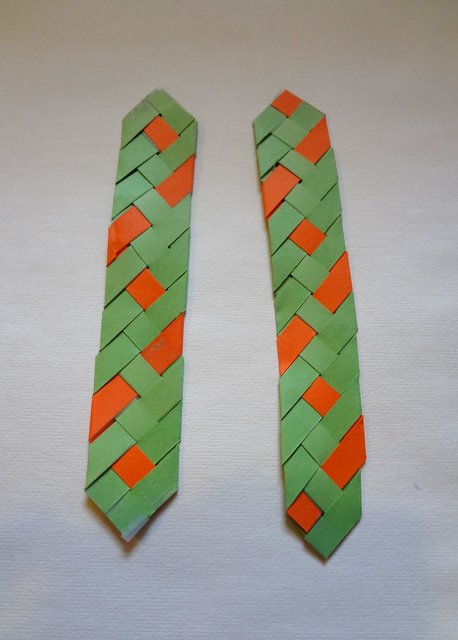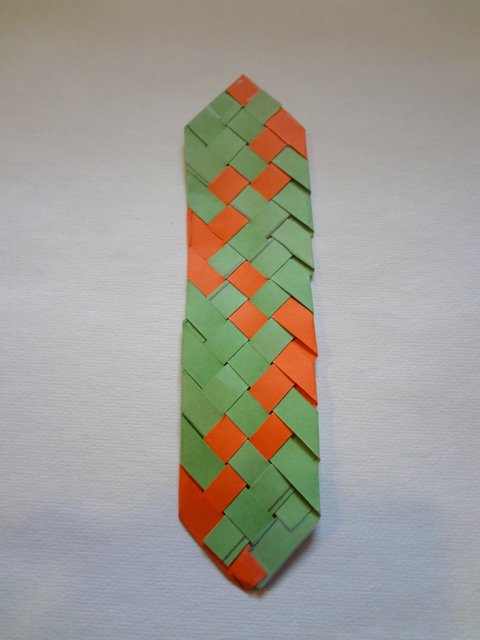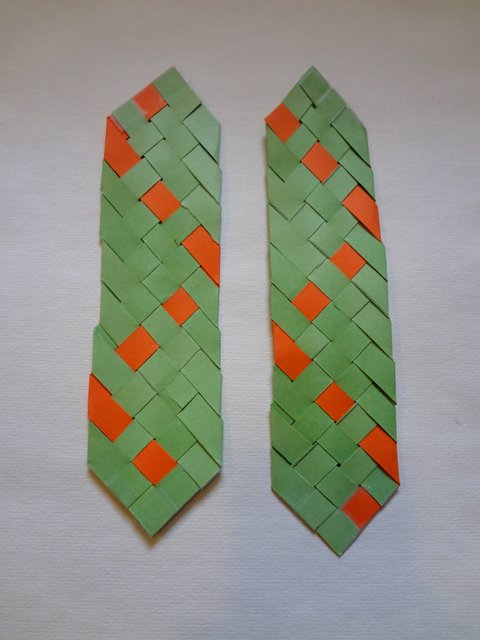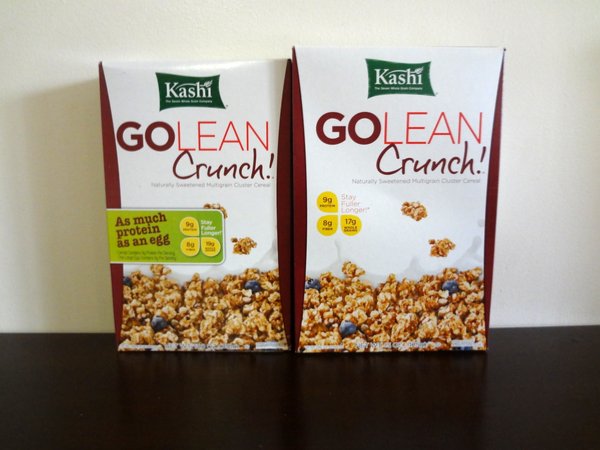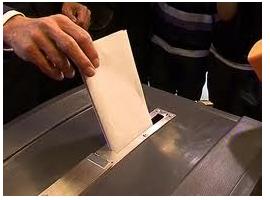Here are some examples of what I call “belt weaving” (I’m sure there’s a better term). The basic idea is to begin with long strips of construction paper, oriented perpendicularly, and then weave and fold your way down.
Here are two examples of 2×2 belt weaves. In both cases, the same kinds of strips are used, but in a different initial configuration.
The 3×3 belt weaves offer more initial configurations, and show more complexity.
There is a rich and interesting structure to explore in these “belt weaves”. For example, these two weaves look similar, but are indeed different.
My students and I had fun exploring the mathematical relationships between the various belt weaves. I will share some of our ideas and results in my series on Weaving in Math Class.
